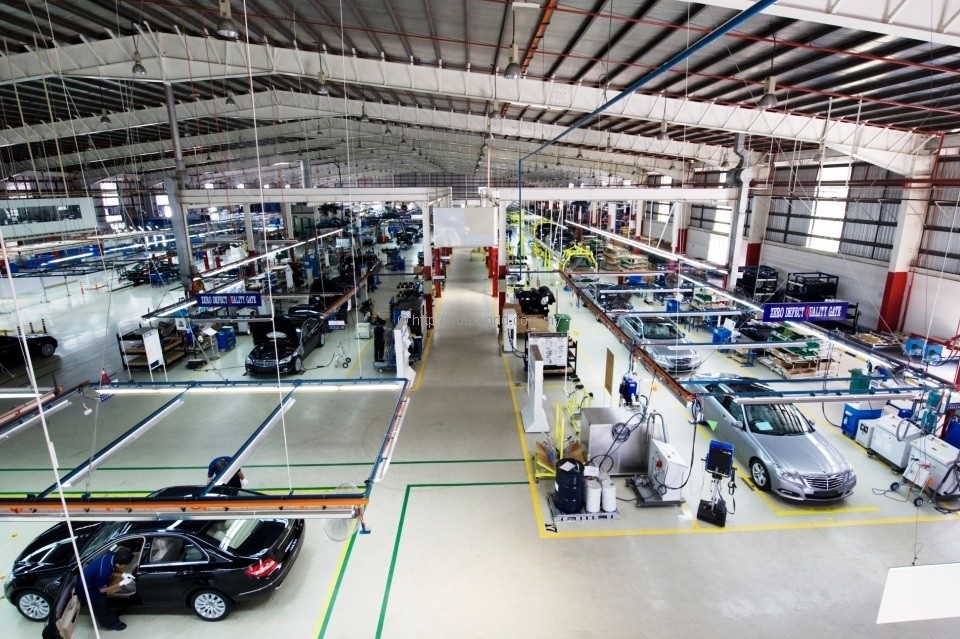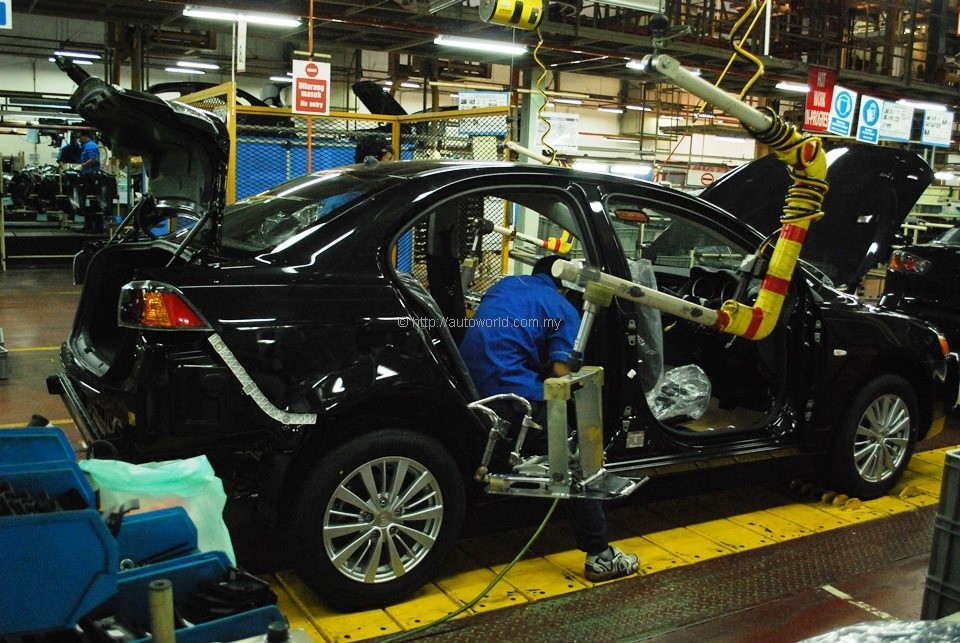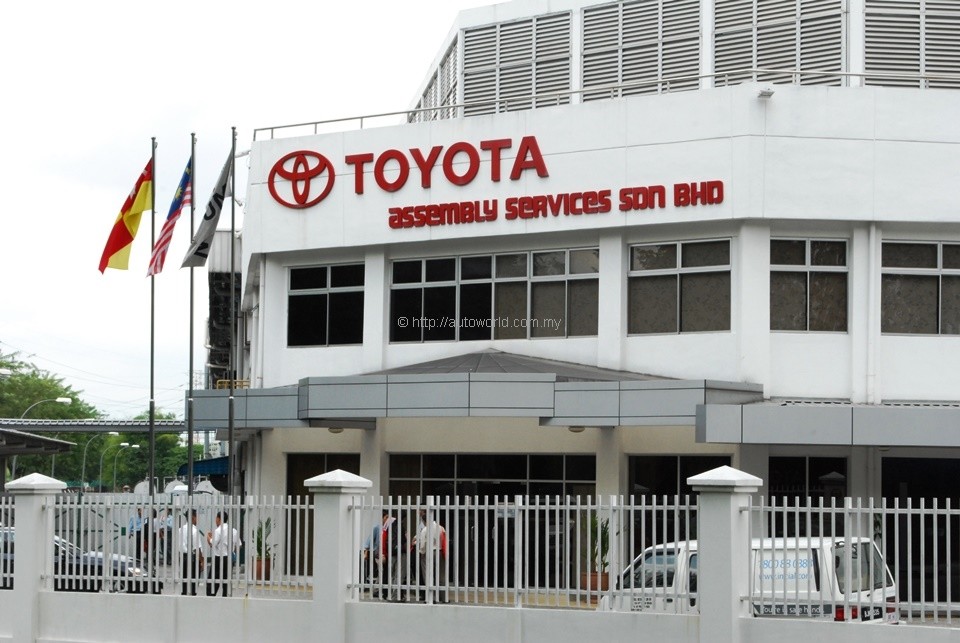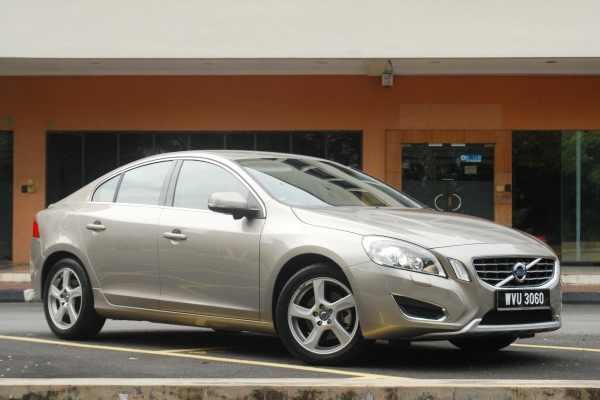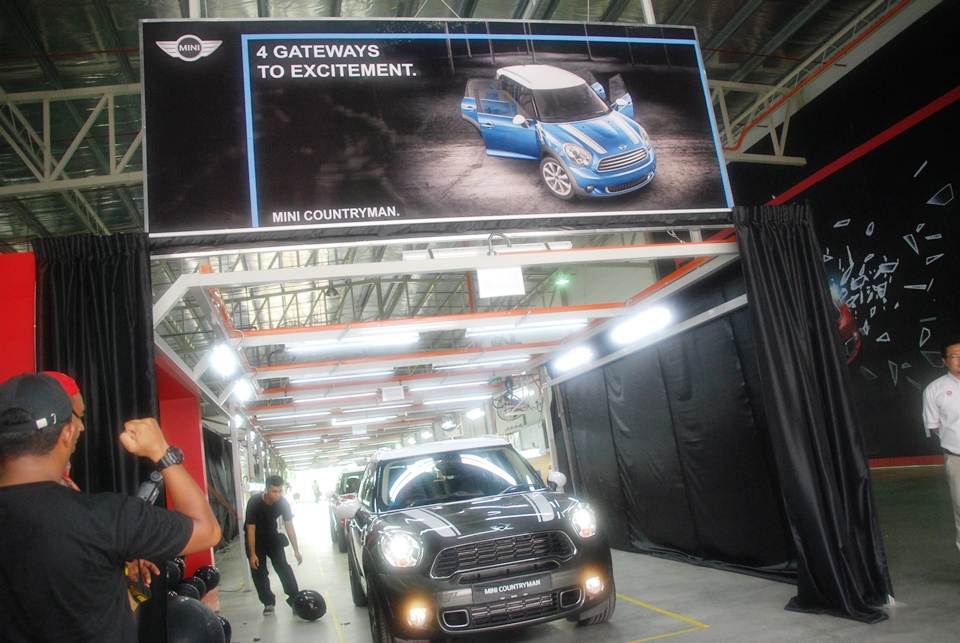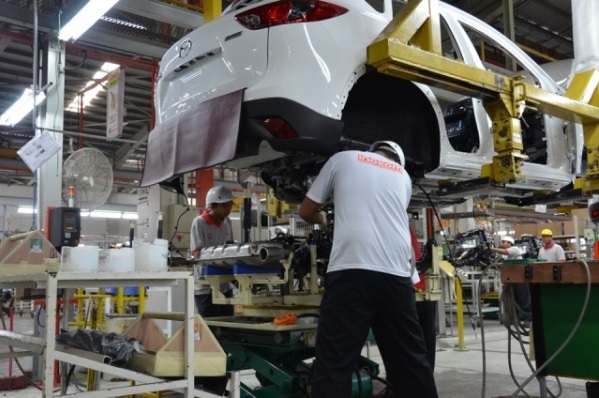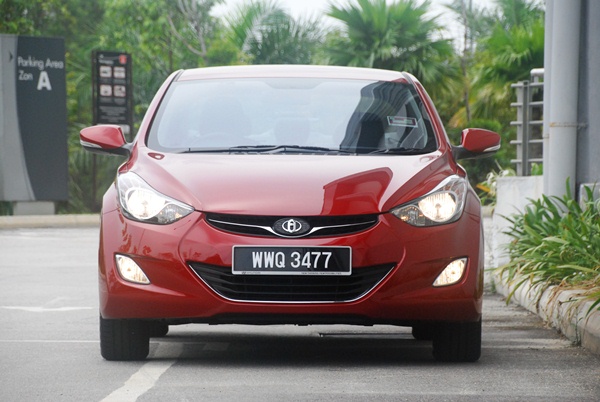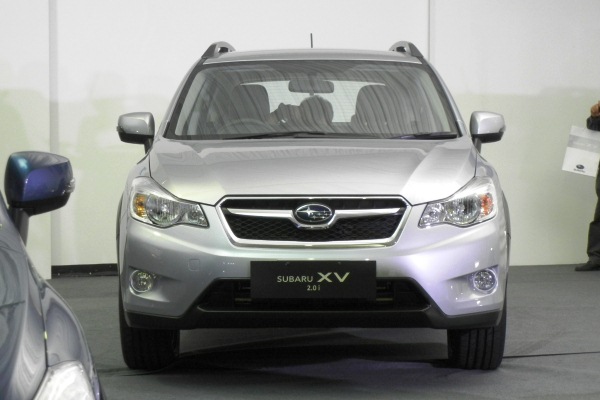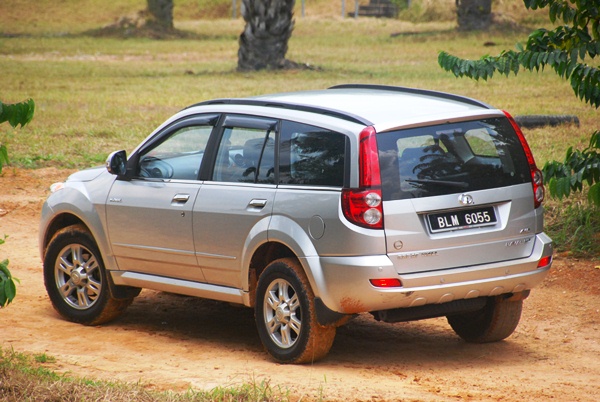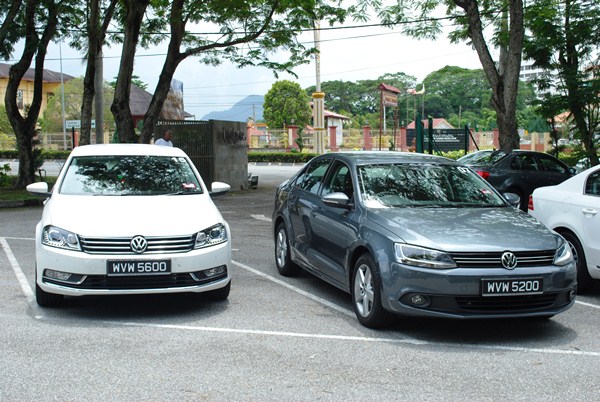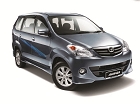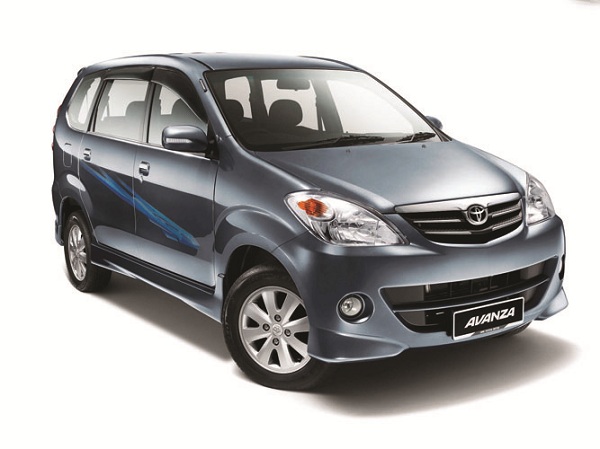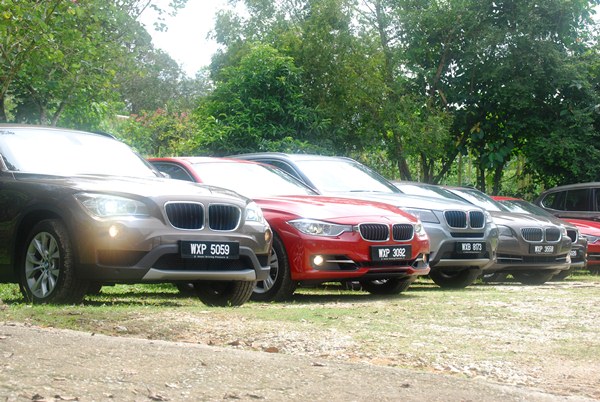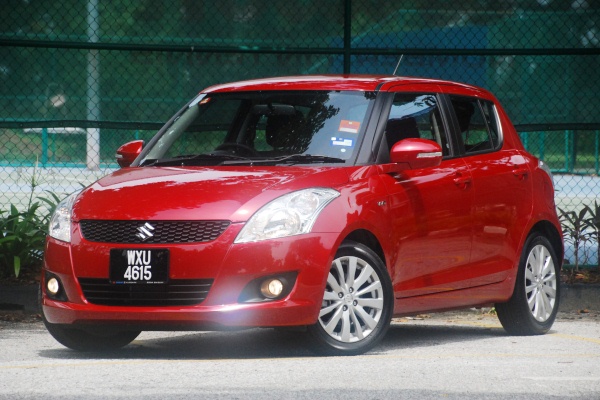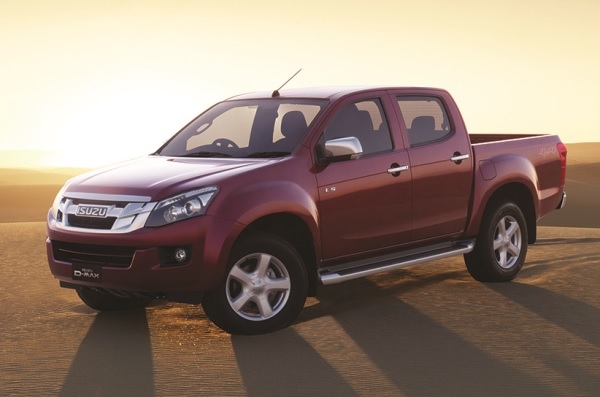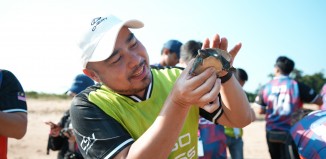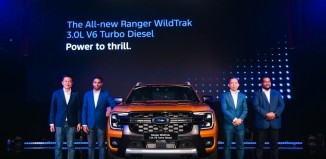CKD in Malaysia – Who Makes What at Where
Malaysia’s automotive industry is defined by a landscape of highly intricate and complicated policies. It is confusing not only for outsiders, but even seasoned industry observers are rarely in possession of all relevant facts, such is the complexity involved. Recent media reports highlighting a Government decision to phase out the Proton Perdana as official cars to be replaced by the Honda Accord, for example, contained a major factual error that has been widely repeated and uncorrected.
The reports describe the Accord as being assembled locally at DRB-Hicom’s plant in Pekan, Pahang. Whilst it is true that Honda Malaysia is affiliated to the DRB-Hicom Group, and that the Accord, together with most of Honda’s models, namely the City, Civic, and CR-V, are assembled locally, they are all built in Honda’s own plant in Pegoh, Malacca. Honda is investing considerable sums of money in that plant, having recently added petrol and hybrid variants of the Jazz to the assembly lines there.
Glaring as it is however, this error is hardly surprisingly given how little many Malaysians know about the intricacies of the local automotive industry. As discussed in our earlier article dated 25 June on excise duties, there is an artificial limit imposed by the Government on the number of cars that can be imported into the country. As such, car manufacturers wishing to do business are in a way forced to adopt local assembly to sustain their volumes here, or be burdened by lengthy waiting lists if their allocations run out. Of the major brands in the market, the few that do not currently assemble vehicles locally include Audi, Chevrolet, Ford, and Mitsubishi, unless you wish to count the Proton Inspira.
Local assembly operations, more popularly known as CKD, which stands for Completely Knocked Down, are undertaken here in Malaysia at various levels. Local stamping of body panels are uncommon, so even the most extensive CKDs typically go only as far as welding the body parts and painting them locally. Some cars arrive with pre-painted body shells, and some even arrive almost fully completed with only finishing touches to be applied locally. The majority of CKD plants in Malaysia also cater only for local consumption and only a handful of locally assembled models are ever exported.
The DRB-Hicom plant began life in the 1990s result of a joint venture between Proton and the DRB Group manufacturing the Proton Satria and subsequently the Tiara and Putra. Proton no longer has a presence in that plant, although the irony now is that Proton has become a subsidiary company of the DRB-Hicom Group.
We visited the DRB-Hicom plant earlier this year at the invitation of Mercedes-Benz Malaysia, who assembles the C-Class, E-Class, and S-Class there. Isuzu, Suzuki, and Volkswagen also operate CKD operations there assembling one model each, namely the D-Max, Swift, and Passat respectively. When the Volkswagen CKD deal with DRB-Hicom was signed in 2010, it was announced then that the long-term plan will eventually include local assembly of the Jetta and Polo Sedan, although neither has come to fruition at this point in time.
Being matters of national interest, Proton and Perodua’s plants hold little secrets to the Malaysian public. Proton currently makes the Saga FLX, Exora, and Inspira in Shah Alam. Production of the Satria Neo, originally made in Tg Malim, was shifted to Shah Alam last year, with the resultant void in production raising speculation that Proton had discontinued the model. The bigger but underutilized plant in Tg Malim now makes the Persona and Preve.
Perodua’s manufacturing facilities, meanwhile, are based in Rawang, and earlier this year, the company has announced plans to build a new RM790 million plant adjacent to its existing facility. The new plant will add an extra 100,000 cars to Perodua’s existing 200,000-car annual capacity sustained by the existing factory. Perodua also plans to implement the latest world-class manufacturing standards from its technical partner Daihatsu, and over time it is hoped that the new plant’s best practices can then be transferred back to the old plant. It is also worth mentioning that from 2004 to 2012, Perodua’s plant was also responsible for manufacturing the Toyota Avanza.
Less than 3km from Perodua’s premises, we have the Serendah plant of Tan Chong Motor Assemblies Sdn Bhd, responsible for assembling the majority of Nissan’s current line-up in Malaysia, namely the Almera, Latio, the Livina family, Sylphy, Teana, and NV200 van. The Navara, T30 X-Trail 4WD, Urvan, and Serena C24 are assembled locally too, but they roll out from the company’s older plant in Segambut, which also undertakes contract assembly for several Chinese commercial vehicle marques and the Subaru XV, which is exported to Indonesia and Thailand. The Segambut plant had previously assembled cars for Renault as well, but the French marque today sports a fully imported line-up in Malaysia.
Meanwhile, in Shah Alam, we have the assembly facilities for Toyota and Volvo vehicles located within a stone throw away from each other. Toyota’s ASSB plant currently assembles the Vios, Camry, Hilux 2.5, Innova, Fortuner, and Hiace. Beyond Proton and Perodua, Toyota is the only maker that stamps body panels in Malaysia, though only for the Hiace, however, which is exported in small quantities to Thailand.
Volvo’s CKD facilities down the road from the ASSB plant also caters for demands from Thailand and Indonesia, assembling the S40, V50, S60, V60, XC60, S80, and XC90. The likelihood by now, however, is that S40 and V50 production is discontinued to make way for the all-new V40 that could be introduced anytime now.
Up north, the state of Kedah hosts assembly facilities for a clutch of brands, although they are essentially concentrated int two plants – Naza in Gurun and Inokom in Kulim. The Naza plant assembles cars for Kia, Peugeot, and Great Wall Motors (GWM), with the Peugeot operation catering for export to right-hand drive markets within the ASEAN region. GWM assembles the Wingle and H5 there.
The Inokom plant has a bigger assortment of brands, boasting BMW, Hyundai, Land Rover, and Mazda in its portfolio in addition to Chinese commercial vehicle brands Jinbei and Foton. BMW assembles the X1, X3, 3 Series, and 5 Series in the plant, and it has recently added two variants of the MINI Countryman to the mix as well. Hyundai rolls out the i10, Elantra, and Santa Fe, all three models officially sold as Inokom-branded vehicles through Hyundai-Sime Darby Motor’s network. Fully imported Hyundai models retain their original branding. Land Rover assembles only the Defender in the plant.
Mazda is the latest marque to take residence in the plant, having started with the Mazda3 in 2011 and adding the CX-5 earlier this year. Looking forward, Mazda plans to add the Mazda6 and the next generation Mazda3 to its Malaysia CKD operations with the possibility of export being mooted. Earlier this year, Mazda had spent RM100 million to acquire a body shop in the Inokom premises for its own exclusive usage.
Pictures: AW archive and official manufacturer release.





